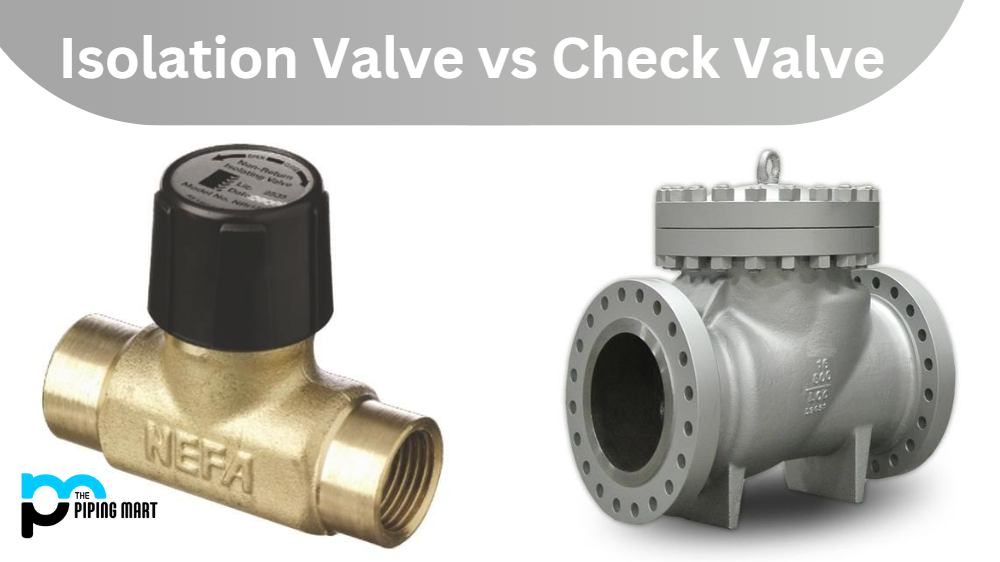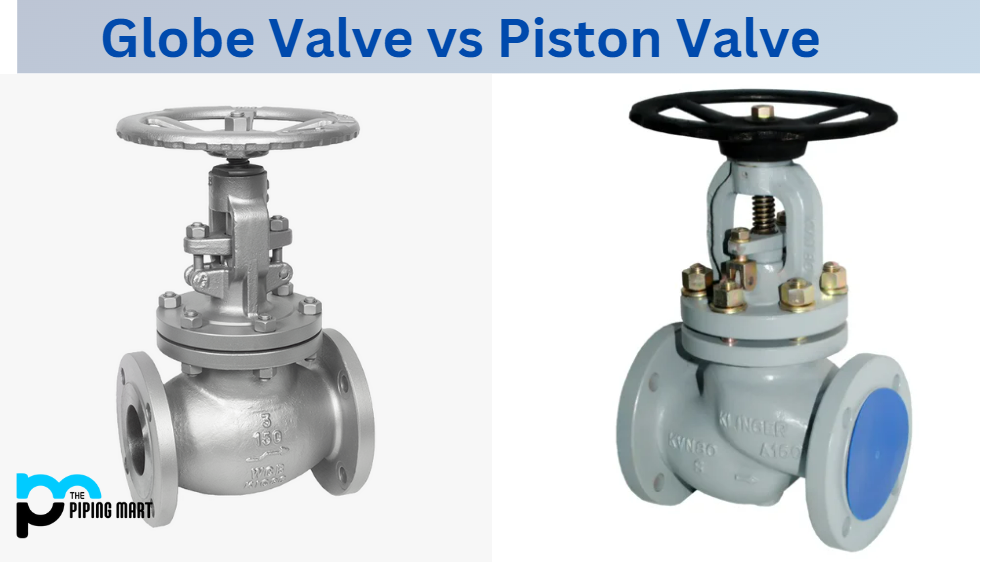Futuristic Trends in the Aluminium Industry
The chlorination of low-grade bauxite ores and chloride electrolysis hold the most significant potential.
- Electrolysis of anhydrous fused aluminum chloride. Because cheap chlorine was available as a byproduct of the alkali industry, it was thought advantageous to conduct research on bauxite ores with high alumina content as well as high iron, titanium, and silica content. Alcoa created the chloride process between the 1960s and the 1980s. Alkali and alkaline earth metal molten salt baths dissolve aluminum chloride, which is then electrolyzed using inert graphite electrodes.
- Hydrogen Utilization in Al2O3 Reduction According to theoretical considerations based on published thermodynamic data, condensed aluminum cannot be created through a direct reaction between hydrogen and alumina. Alumina can be reduced to aluminum at high temperatures (700–1,700 °C) by hydrogen dissolved in molten aluminum, according to laboratory tests and observations documented in the literature. Hydrogen plasma has also been tested at low levels in laboratories.
- Aluminum chloride reduction using hydrogen and anhydrous ammonia: The decrease of AlCl3 by hydrogen can be accomplished by dissolving hydrogen and ammonia in molten aluminum at 10000 K and a pressure of 2 Kg/cm2 and injecting aluminum chloride into it. Anhydrous NH3 will neutralize the resulting HCl to produce sublimable NH4Cl.
- Magnesio-thermic AlCl3 and Al2O3 Reduction: This author has also proposed and patented a method for the magnesium-thermic reduction of AlCl3. It involves electrolyzing a molten bath made of alkaline earth metal chlorides (CaCl2 and MgCl2) and alkali metal chlorides (NaCl and KCl) in a twin chamber electrolytic cell; the anode chamber serves as the cathode, and the anode chamber holds the electrolyte. An appropriate semi-permeable membrane adequately divides the two chambers. The molten electrolyte bath’s composition is kept constant to produce primarily Mg++ ions, which move through the semi-permeable membrane to the cathode chamber and combine with the molten aluminum to form an Al-Mg alloy. The cell’s operational voltage ranges between 2 and 2.5 V. For the cathode chamber’s magnesio-thermic reduction, AlCl3 is injected. Only the Al produced in the reaction is tapped repeatedly, preserving the critical volume of molten Al in the cathode chamber.The MgCl2 is used again as an electrolyte, while the Cl2 produced at the anode is utilized for carbochlorination.
- Aluminum should only be produced using hydroelectric power or renewable energy sources, and the use of coal, oil, or natural gas-based thermal power should be outlawed because aluminum smelting significantly increases greenhouse gas emissions.
Uses of Aluminium
- Utilization of Metallic Inert Anodes: Over the last ten years, inert metallic anodes have seen significant progress. Cu is a principal element in most binary or trinary alloys, which have received a lot of interest from researchers. According to some studies, pre-oxidizing the anode materials can increase corrosion resistance. The stability of the anode oxide scale can be increased by using low-temperature electrolytes. To cut greenhouse gas emissions, a clean energy source is advised. The use of cell energy should be reduced significantly. Any industry has not yet achieved a successful inert anode launch for aluminum electrolysis. The ability of inert anodes to eventually replace the consumable carbon anodes used in aluminum reduction will be demonstrated in the future.
- Use of Cermet Inert Anodes: Research on Cermet Inert Anodes discovered that pre-oxidizing metallic anodes at 600 °C to 8000 °C improves anode dissolution and current efficiency. This has made using Cermets more prevalent (a class of heat-resistant materials made of ceramic and sintered metal).
Rio Tinto and ALCOA have extensively studied inert anodes and they are prepared with a commercial-grade aluminum smelting unit, according to Elysis Technology.
Using Li, Na, and K carbonates, a Ni cathode, and an inert SnO2 anode at 500 °C, CO2 evolved can be successfully collected and electrochemically transformed into carbon and oxygen.
- Fluorine Emissions Control via Dry Scrubbing:Alumina can play a significant and crucial role. Fluoride emissions from the cells are removed with alumina using the dry-scrubbing anode gas cleaning technique. The hydrogen fluoride (HF) gas created is adsorbable by alumina powder, and it also captures fluoride condensates, primarily particulate sodium tetrafluoroaluminate (NaAlF4). The resulting alumina is known as “secondary alumina” and is used as the cells’ feed material. The CO2 capture process is subsequently applied to the cleansed exhaust gas, which contains trace levels of perfluorocarbon gases.
Controlling power usage measures
- Larger anodes, as well as modified and larger anode stubs and yokes
- Improved gas bubble drainage with slotted anodes lowers anode impact.
- Better anode rodding techniques to reduce external voltage dips
- A more significant dimension and modifications to the current collection bar design (use of copper in the bars)
- Improved contact resistance is achieved by casting cathode bus bars rather than ramming
- Sidelining from carbon to SiC modification
- Enhanced sidelining and ventilation for steel shells
- Enhanced adjustment for the magnetic field
- Redesigning the conductor and balancing voltage and heat dissipation reduction.
- Lowering the cell voltage and raising the current efficiency
- Red mud and other waste materials can be used:
The solution to the problem of red mud accumulation is to create a specific utilization technique that uses red mud or transforms it into a secondary resource. According to the distinct physical and chemical characteristics of red mud, experts have been conducting research projects that examine the disposal and exploitation of red mud since the 1950s.

Pipingmart is B2B portal specializes in industrial, metal and piping products. Also, share latest information and news related to products, materials and different types grades to help business dealing in this industry.




